In the wild, encounters with bears can be as thrilling as they are terrifying. While these majestic creatures captivate our imaginations, the reality of facing one is a serious test of your calm and instinct. Whether you’re hiking in a national park or exploring the backwoods, knowing what not to do is as crucial as knowing what to do. Here are 13 things you should absolutely never do if you see a bear, ensuring both your safety and that of the bear.
1. Run Away
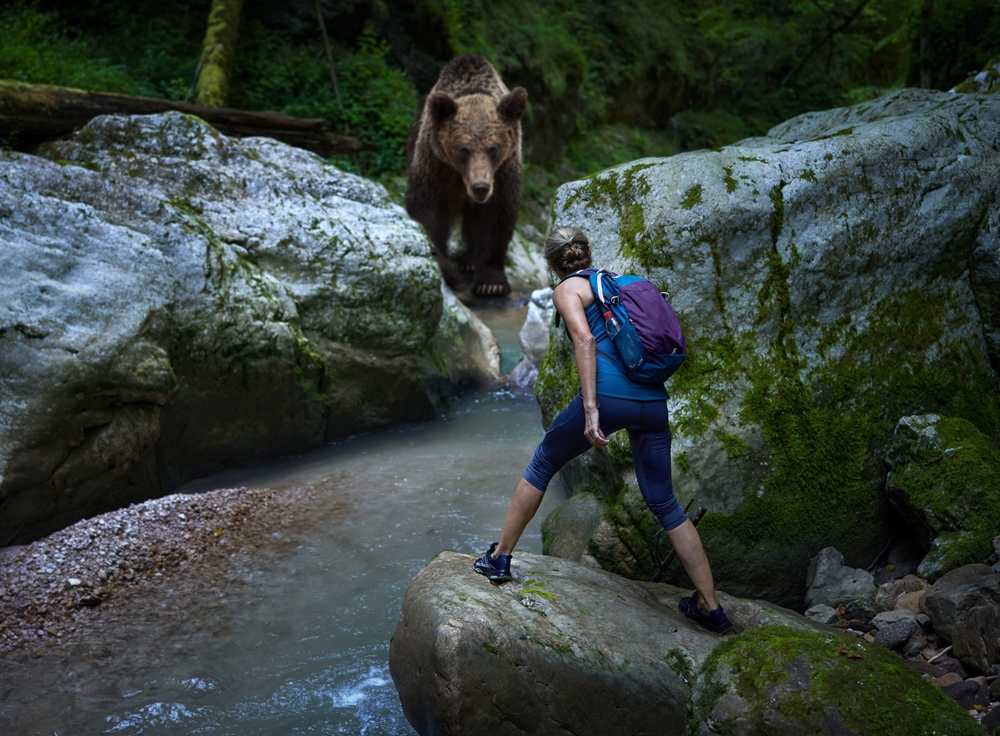
The instinct to run when you see a bear is almost primal, but it’s the last thing you should do. Bears can move incredibly fast despite their size, reaching speeds of up to 35 miles per hour. Running can trigger their chase instinct, turning a curious bear into a pursuing one. Instead, remain calm and slowly back away while maintaining eye contact.
The National Park Service recommends standing your ground as the best first step. Slowly and deliberately walking backward can show the bear you’re not a threat and aren’t interested in a confrontation. By keeping your movements controlled, you communicate that you aren’t prey. It’s a crucial moment to remember that calmness can be your best defense.
2. Climb a Tree
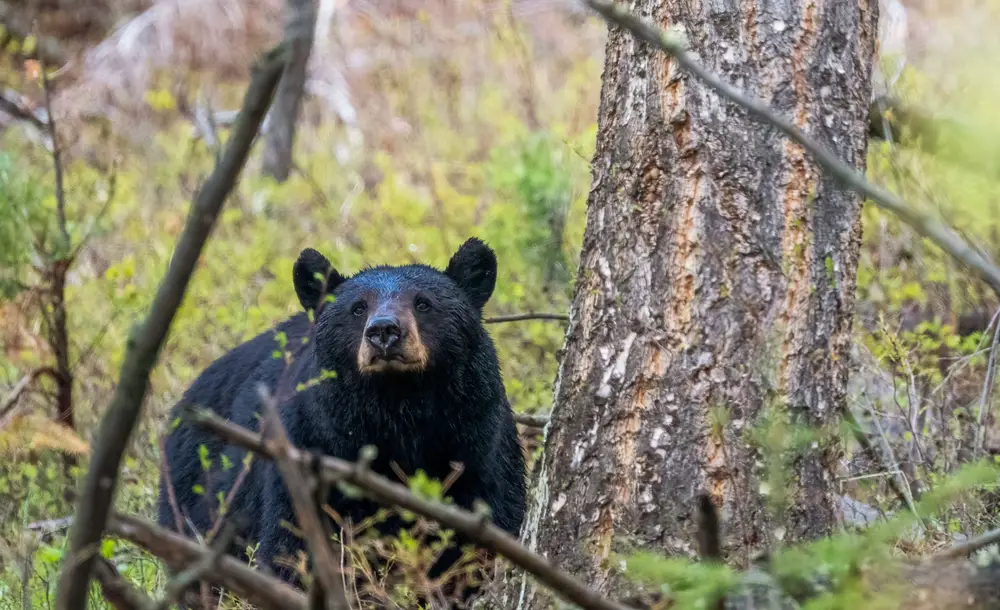
The temptation to climb a tree when you see a bear may seem like a good escape plan, but it’s a flawed strategy. Bears, particularly black bears, are excellent climbers and can follow you up with surprising agility. This can lead to a dangerous situation where the bear feels cornered or provoked.
When faced with a bear, remaining on the ground is actually safer than trying to ascend. The goal is to de-escalate the situation, not to provoke further interest or aggression. Being at eye level or lower than the bear keeps the encounter less threatening. Remember, the idea is to retreat, not to engage in a climbing race you won’t win.
3. Make Sudden Movements
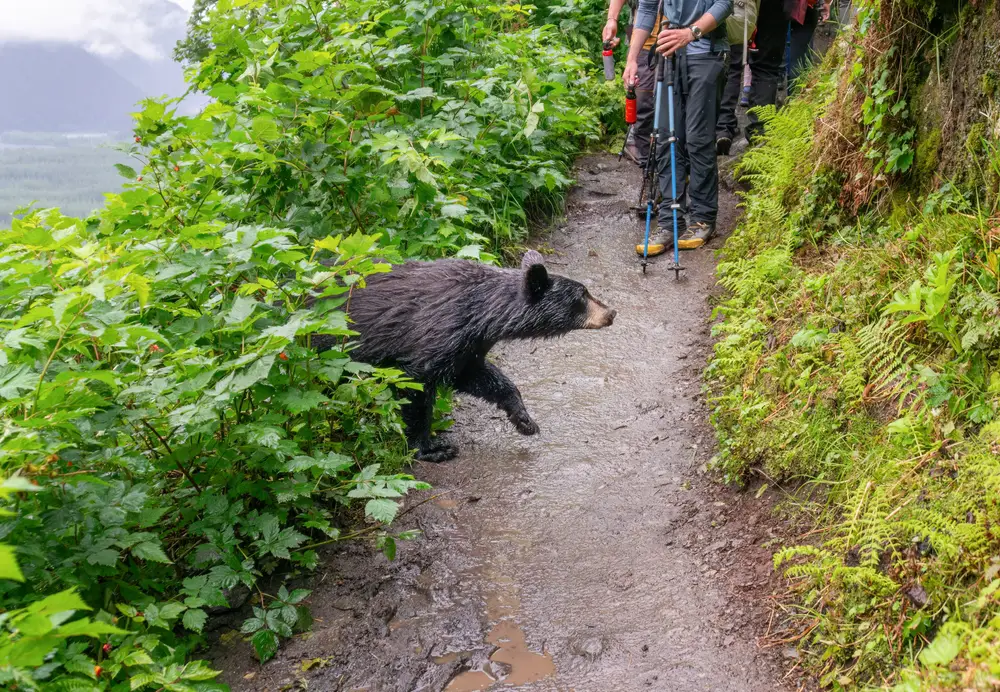
In a close bear encounter, your body might instinctively react with sudden movements, but controlling this impulse is essential. Abrupt gestures can be perceived as threatening or aggressive by the bear. Instead, you should aim for slow, deliberate movements that convey calmness and control.
Dr. Stephen Herrero, a leading bear expert, emphasizes staying composed and avoiding any actions that could escalate the situation. Bears are naturally curious, and your slow movement can signal non-aggression. Equally important is to keep your hands visible, which can help the bear understand you’re not a threat. Maintaining a steady demeanor is often your best tool in keeping a peaceful distance.
4. Turn Your Back
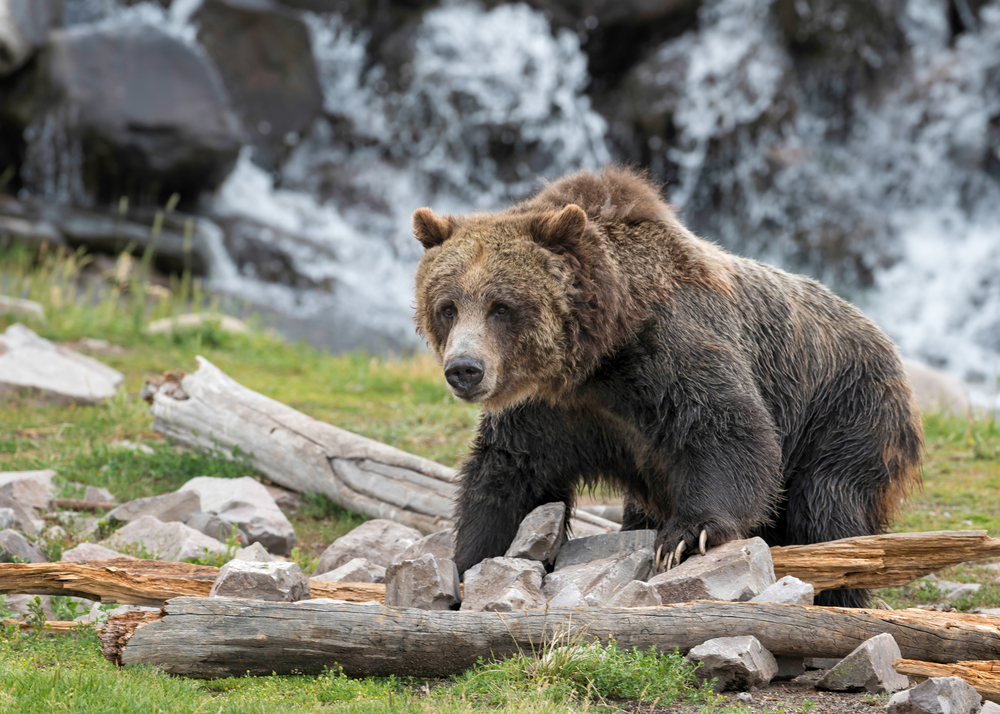
Turning your back on a bear can be as dangerous as running away. It signals vulnerability and can encourage the bear to approach. Facing the bear allows you to monitor its behavior and react accordingly. By keeping it in sight, you’re better positioned to respond to any sudden changes in its demeanor.
Standing your ground not only helps in maintaining a sense of authority but also keeps the encounter from escalating. While maintaining eye contact can be perceived differently by various species, generally speaking, turning your back removes your ability to assess the situation. It’s about maintaining a balance between watching the bear and demonstrating non-aggression. Your goal should always be a controlled and uneventful retreat.
5. Scream or Yell

A sudden scream or yell might be your instinctual response, but it’s often counterproductive. While making noise can sometimes deter a bear, especially if it hasn’t noticed you yet, a sudden loud noise can startle and provoke it. The aim is to alert, not alarm, the bear to your presence. Speak in a calm, firm voice instead.
Kate Kendall, a scientist with extensive experience studying bear behavior, advises using a steady, clear tone to communicate your presence. This approach reduces the chance of startling the bear, which could lead to an aggressive response. The key is to make yourself known without escalating the encounter. Your voice should convey confidence, not fear.
6. Approach the Bear
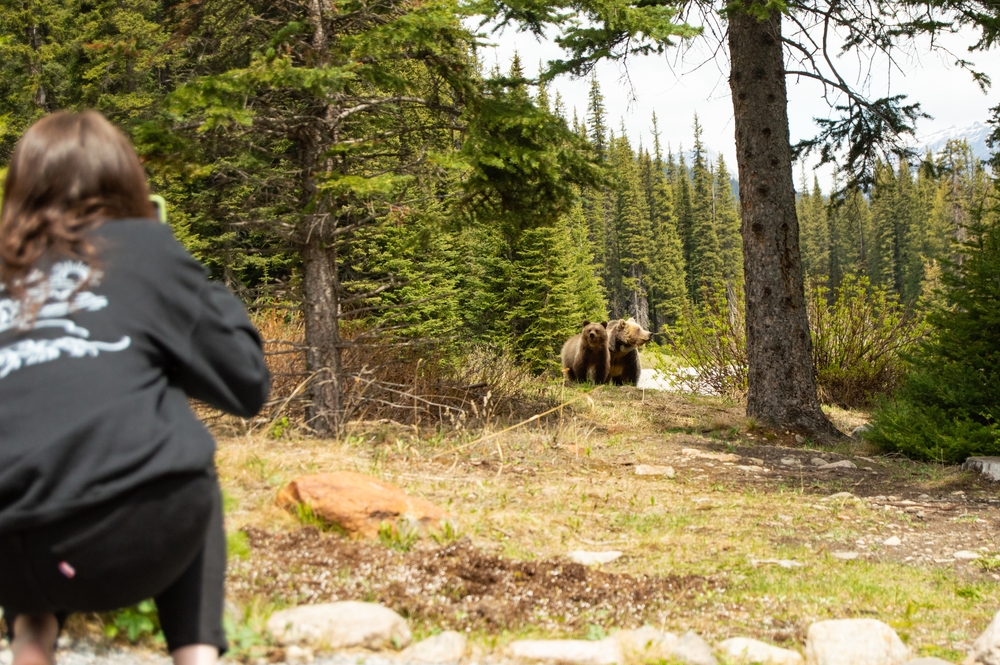
No matter how benign a bear might appear, approaching it is a grave mistake. Bears are wild animals with unpredictable behaviors, and closing the distance can be perceived as a threat. Even if the bear shows no immediate signs of aggression, its tolerance for human proximity can change in an instant.
Keeping your distance ensures both your safety and that of the bear. Approaching a bear can lead to potentially dangerous situations for both parties. The best course of action is to enjoy the sight from afar and prioritize leaving the area. Respect for the bear’s space is paramount in avoiding conflict.
7. Make Direct Eye Contact
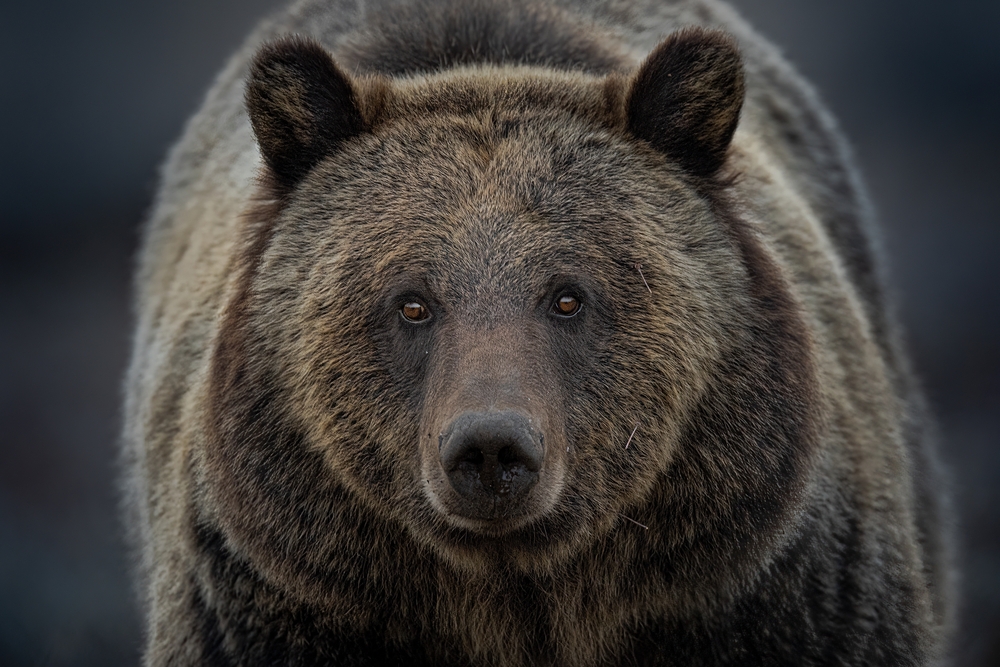
While maintaining awareness of the bear’s location is crucial, direct eye contact can be interpreted as a challenge. Bears, like many animals, may perceive a direct stare as a threat or a form of aggression. Your goal is to make your presence known without provoking. Instead, try to keep the bear in your peripheral vision while subtly monitoring its actions.
A study published in the Journal of Wildlife Management highlights non-verbal cues as significant in bear encounters. The study suggests that direct eye contact can sometimes escalate tension between humans and bears. By employing a softer gaze and avoiding direct stares, you reduce the likelihood of an aggressive response. It’s about balancing awareness with non-confrontational behavior.
8. Leave Food Out
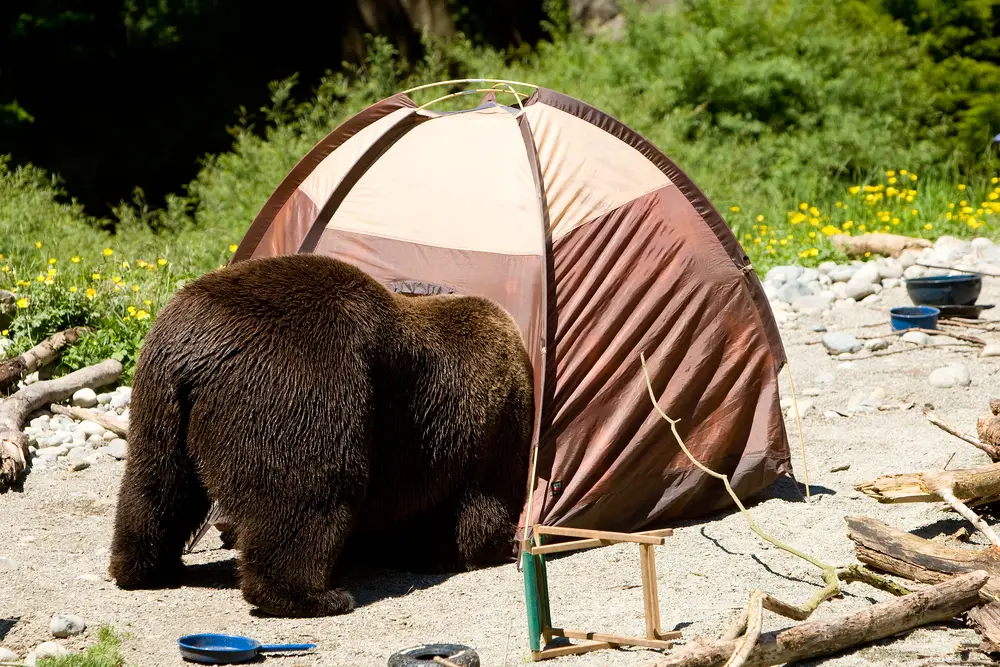
Leaving food out is akin to ringing the dinner bell for bears. Their strong sense of smell can attract them from great distances, leading them right to your location. This not only poses an immediate threat but also teaches bears to associate humans with food, increasing future risks. Ensure you pack away all food securely in bear-proof containers or vehicles.
Feeding bears, even indirectly, disrupts their natural feeding patterns and can lead to dangerous encounters. Wildlife agencies consistently remind visitors of the importance of keeping campsites clean and food stored safely. By respecting these guidelines, you contribute to both your safety and the well-being of the bear population. A bear that learns to depend on human food is a bear that might need to be relocated or, worse, euthanized.
9. Ignore Your Surroundings
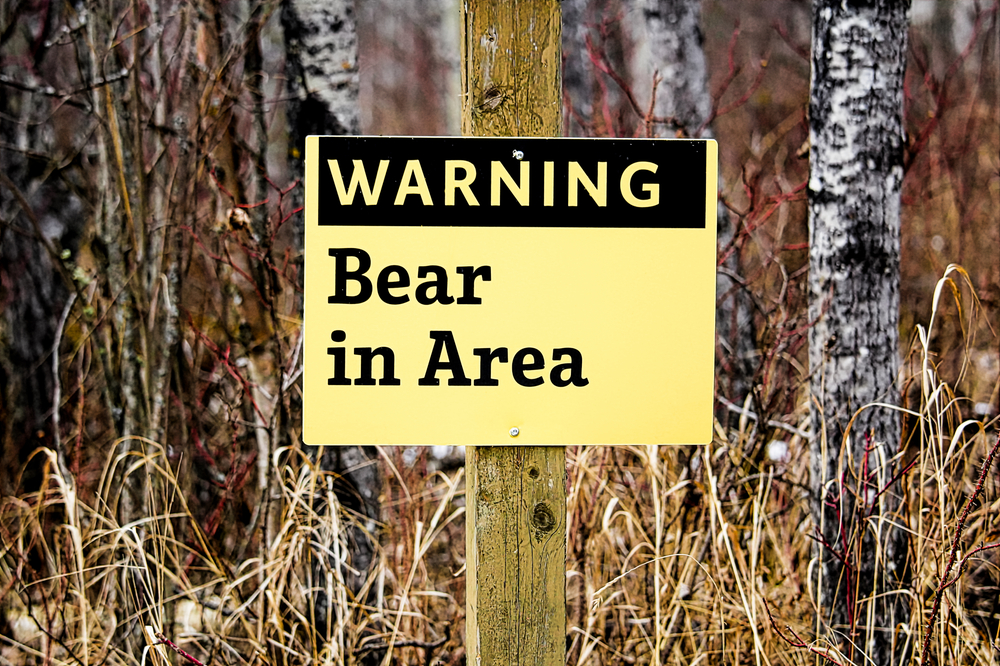
Being engrossed in the beauty of the wilderness is natural, but letting your guard down can be perilous. Bears can appear unexpectedly, and being unaware of your surroundings can lead to surprise encounters. Staying alert and observant of your environment helps you detect bears before they get too close.
Frequent checks of nearby areas and listening for unusual sounds can provide early warnings. Balancing the enjoyment of nature with mindful vigilance can prevent unwanted surprises. A bear encounter is often avoidable when you maintain an awareness of your surroundings. Nature is best enjoyed with a healthy respect for its unpredictability.
10. Use Flash Photography

Capturing the moment might be tempting when you spot a bear, but flash photography can be disruptive and dangerous. The sudden burst of light can startle the bear, leading to unpredictable behavior. Bears, like most animals, can react defensively to blinding lights. Opt instead for capturing mental images or using your camera without the flash.
Keeping a respectful distance means respecting the bear’s space and comfort. A startled bear is more likely to become aggressive or flee, potentially leading to dangerous situations. By prioritizing the bear’s comfort over your Instagram feed, you contribute to a safer encounter. Remember, the moment is best captured in memory rather than risking a confrontation.
11. Play Dead Prematurely
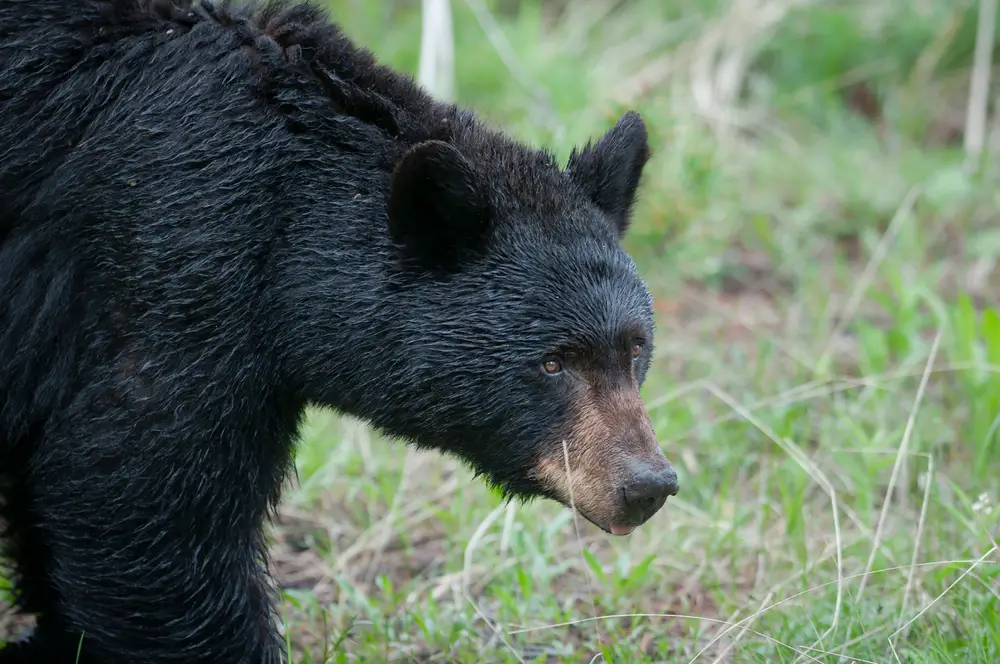
Playing dead is often cited as a bear-attack survival strategy but doing so prematurely can be detrimental. If a bear hasn’t initiated an attack or is simply curious, dropping to the ground might invite investigation. It’s crucial to assess the bear’s behavior before deciding to play dead. When faced with a charging grizzly, it might be appropriate, but not if a bear is merely passing through.
Your response should be contingent on the bear’s actions and species. Black bears, for example, can be deterred by fighting back, while playing dead is more effective with grizzlies. Understanding these distinctions can be life-saving in a critical moment. Always prioritize non-confrontational withdrawal over passive submission unless absolutely necessary.
12. Assume All Bears Are Alike
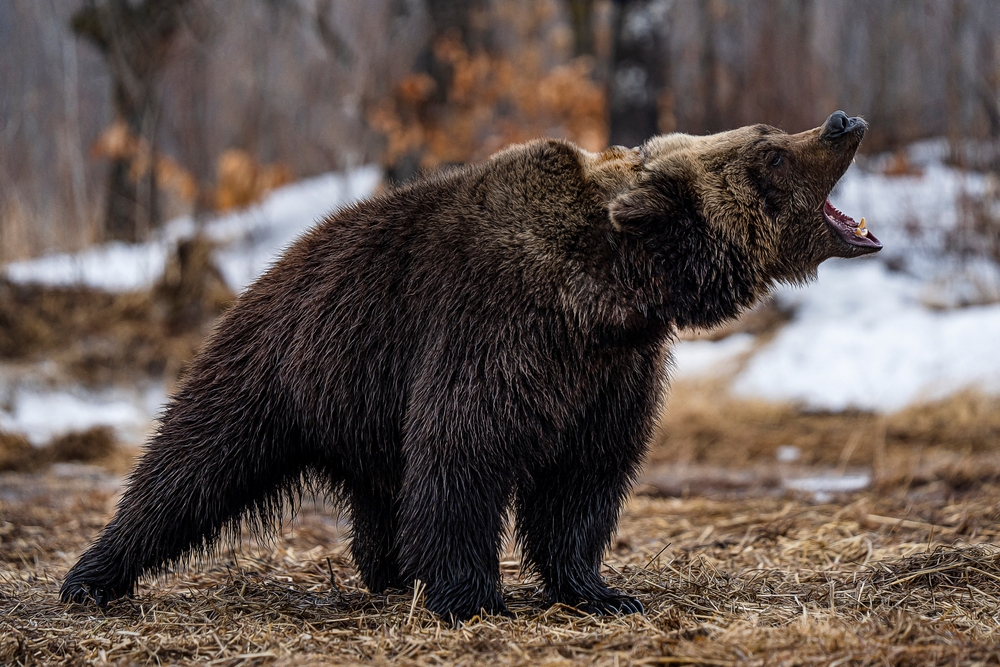
Assuming that all bears behave the same way is a misconception that could lead to dangerous decisions. Different species have varying behaviors, diets, and territorial instincts. For instance, black bears are often less aggressive than grizzlies and might be deterred by making noise. Knowing the type of bear you’re encountering can guide your response strategy effectively.
Educating yourself on bear-specific traits is essential for preparing for encounters. Recognizing the nuances in bear behavior can improve your situational awareness and response. This knowledge is a valuable tool in mitigating risk and facilitating safe coexistence. Respecting these differences acknowledges the complexity of bears as a species.
13. Underestimate the Situation
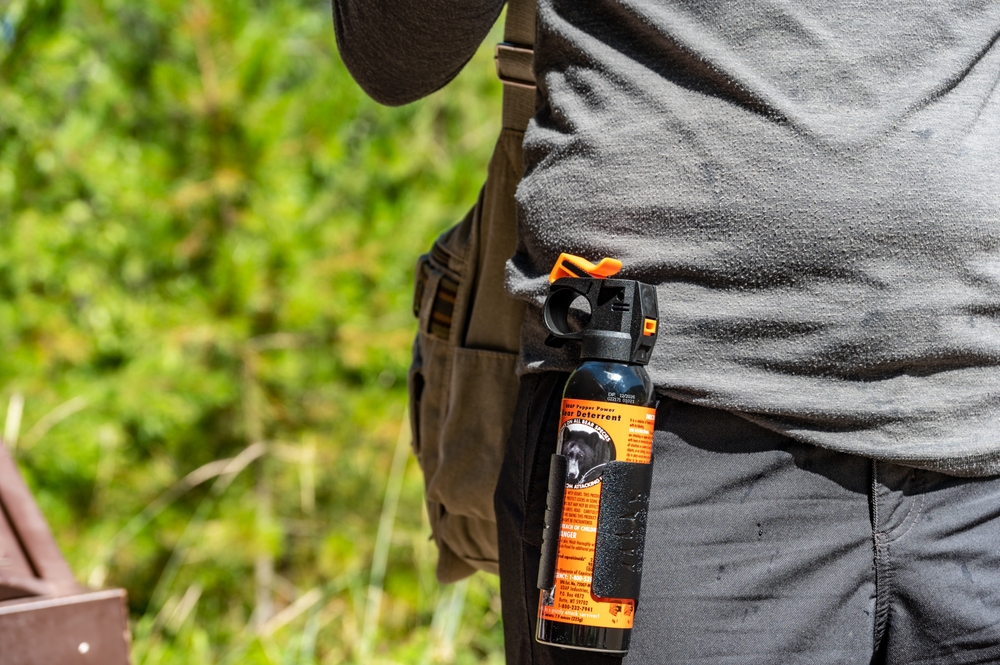
Underestimating a bear encounter can lead to complacency and dangerous oversight. Even if the bear seems distant or uninterested, its behavior can change rapidly. The unpredictable nature of wildlife means that any bear encounter should be treated with seriousness and caution. Taking proactive steps to safely distance yourself is always the best course of action.
The assumption that everything will be fine can cloud judgment and lead to risky behavior. Consider every bear encounter as an unpredictable situation requiring respect and caution. By acknowledging the potential risks, you’re better prepared to handle any developments. A healthy respect for wildlife ensures safety for both you and the bear.
